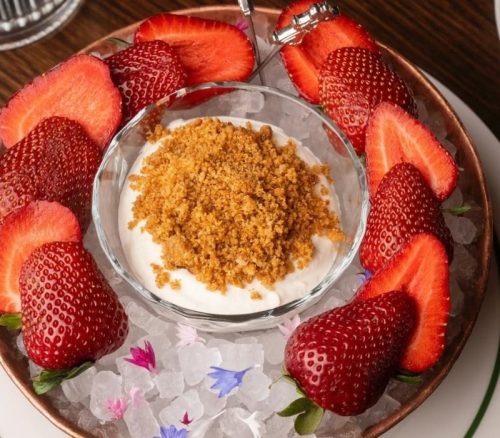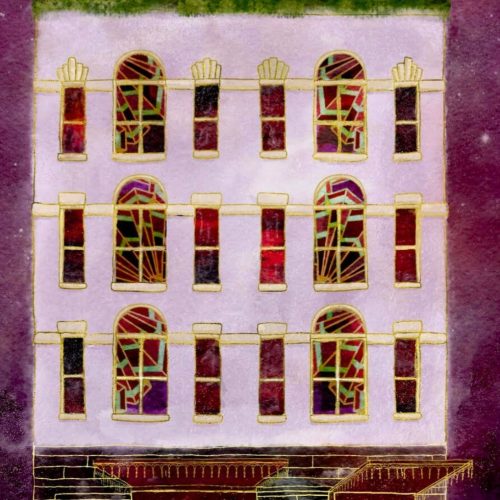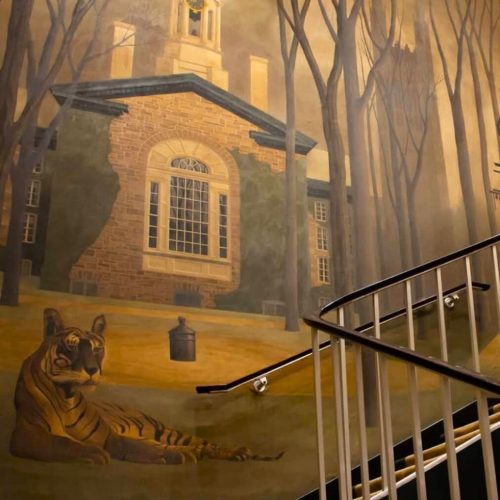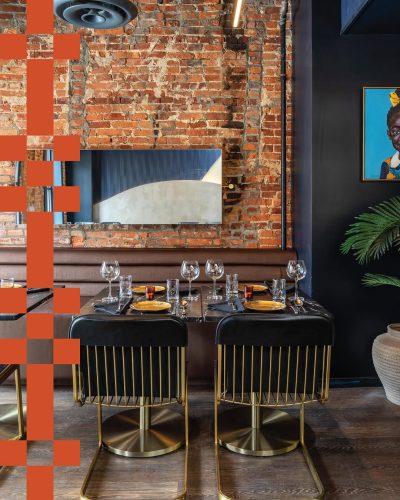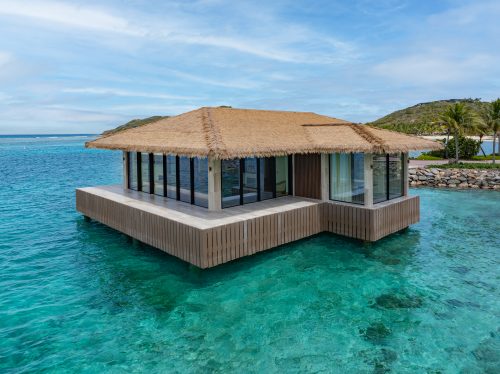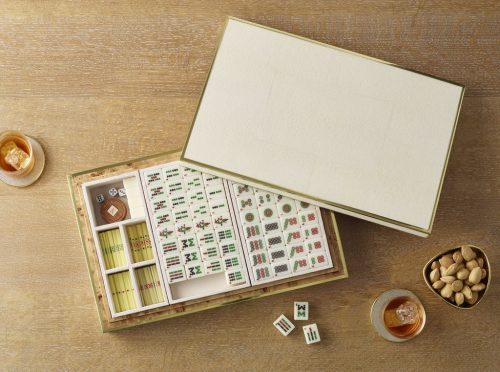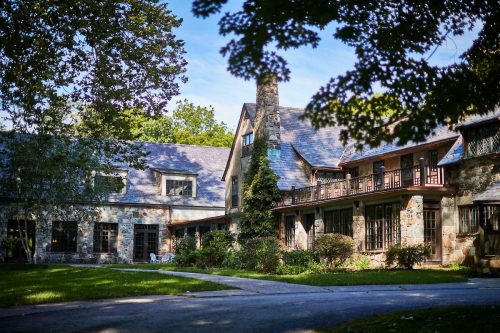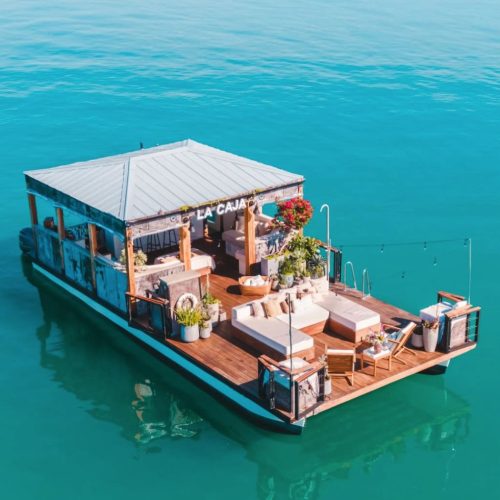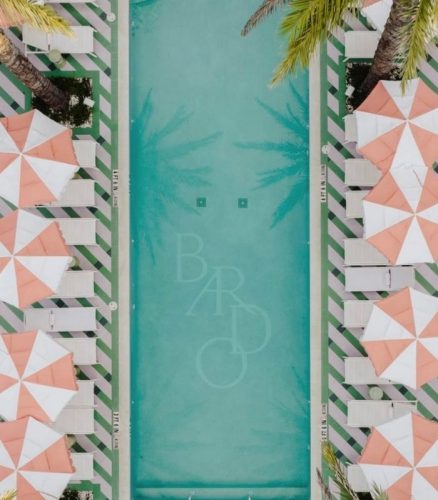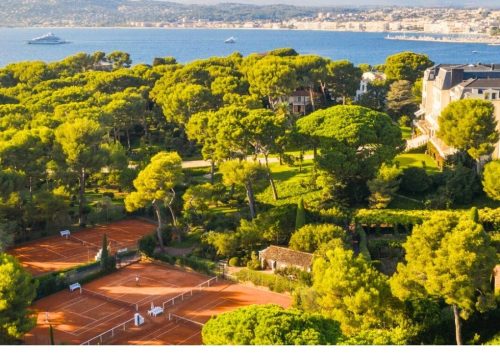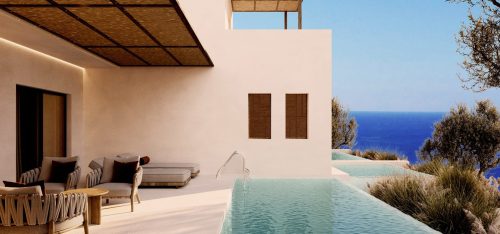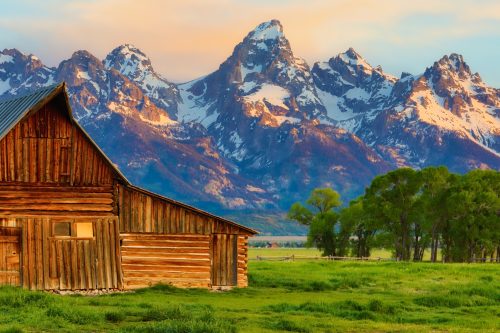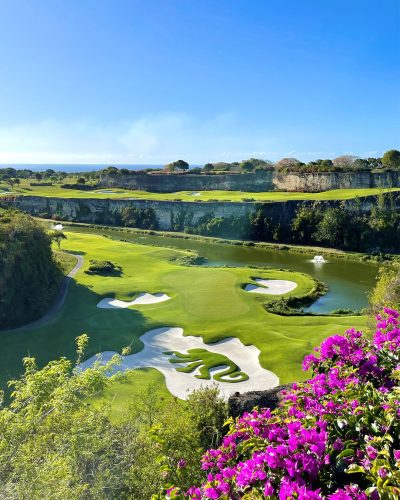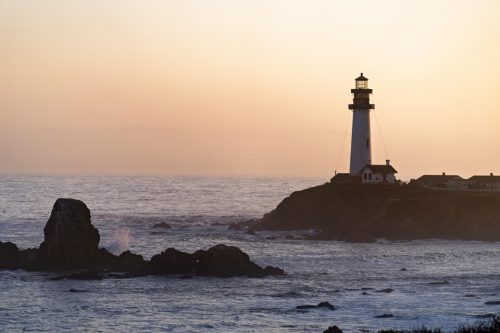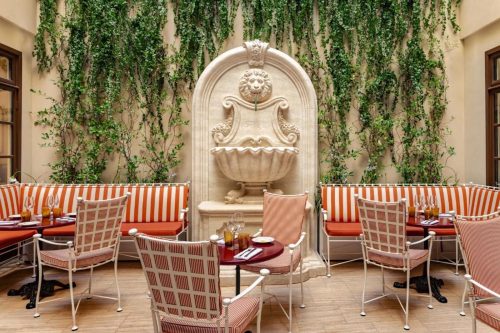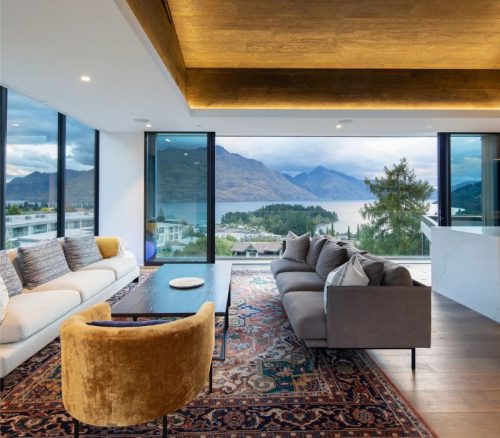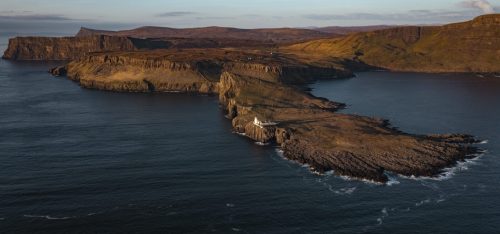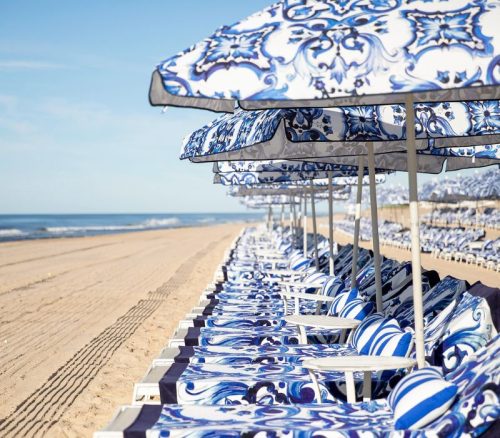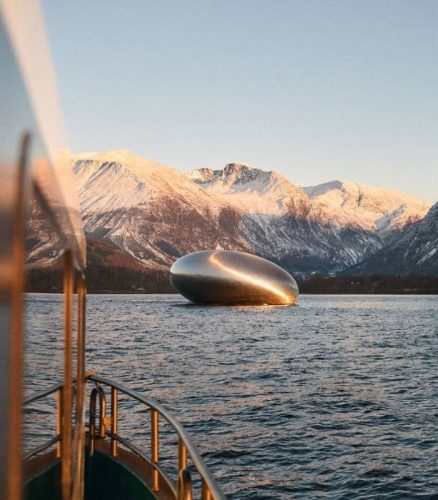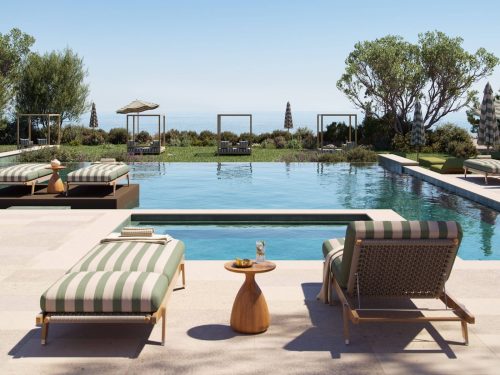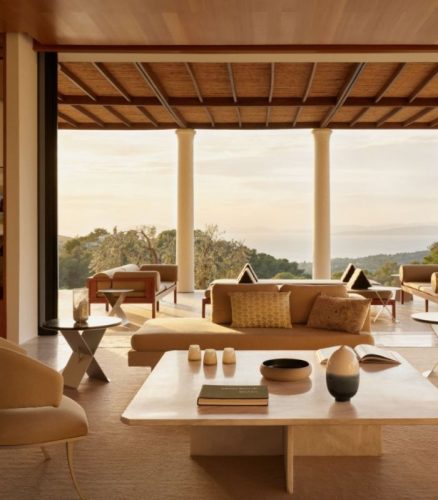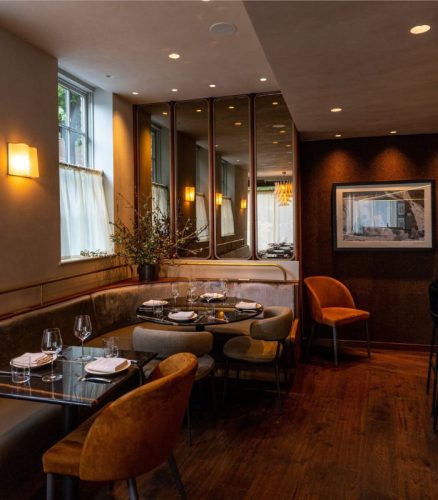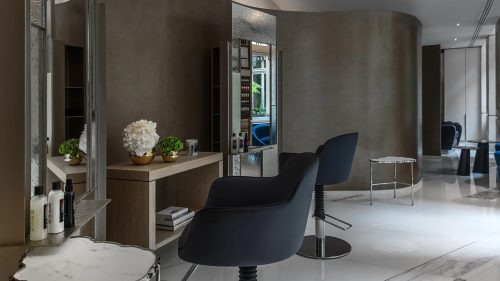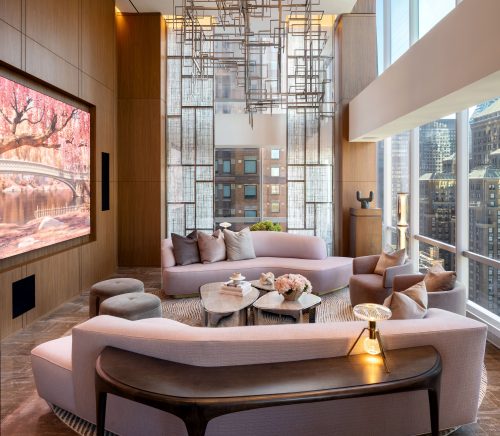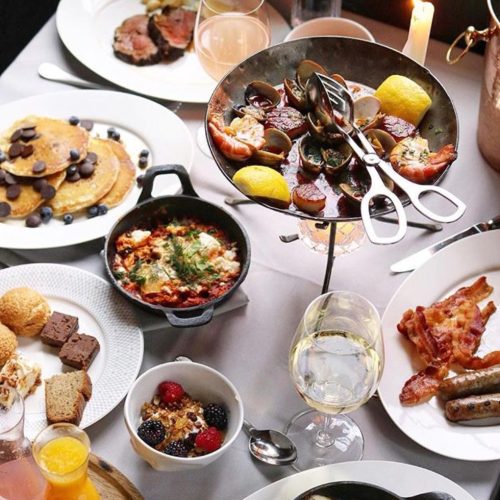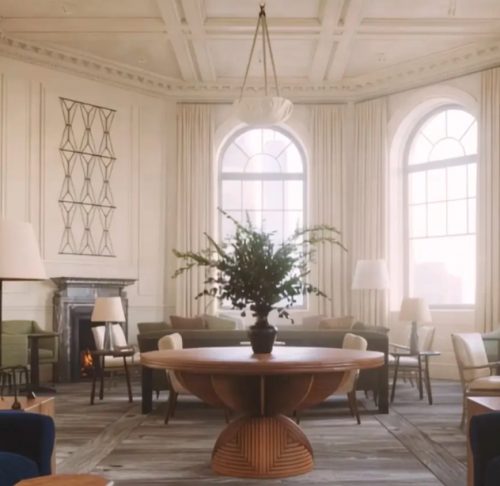If the phrase “been there, done that” is in your vocabulary, we have the destination for you. Bhutan is the natural next step for travellers who’ve been just about everywhere. To visit Bhutan is like earning your Ph.D. in travel. Bhutan remains unspoiled enough to excite any seasoned explorer. This South Asian destination ranks #1 in economic freedom and ease of doing business (not to mention peace—seriously, look it up). It’s no wonder major players like Aman and the newly welcomed Six Senses decided to plant their stake in the game. This is your Bhutan travel guide.
The Hotel Strategy
Our Bhutan travel guide is about diversification. Here’s a pro-tip on Aman and Six Senses: visit both resorts. After all, why choose between champagne and champagne, right? Plus, their idyllic locations will give you a great picture (or endless great pictures) of the entire country. So, if you feel like you’ve already explored all 7 corners of the world, Bhutan still has loads of nooks and crannies to discover. And when you finally peak in, you’ll see it’s just about as beautiful as beautiful gets.
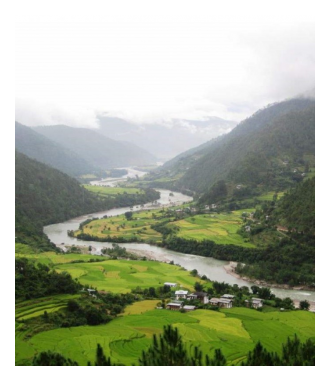
What to See:
(The Bhutan travel guide activities and their descriptions are courtesy of our partner, Remote Lands).
What to see near the Amankora, Thimphu hotel:
Also known as Thimphu Dzong, this fortress is the seat of Bhutan’s monarchy. Thimphu Dzong is composed of two gorgeous white buildings complete with towers and golden roofs. The modern building is a departure from the original Thimphu Dzong, which was constructed in 1216. After it was destroyed by fire in 1771, it was rebuilt into the structure you see today. It is now home to the king’s throne and the headquarters of the Bhutanese government.
• Astrology School – Pangri Zampa Lakhang
Visit the Pangri Zampa Lakhang, an astrology school, and receive a reading. This former temple is now an astrology center of the state clergy. It is also the home to around 100 monks who study astrology. Astrology plays an important part in Bhutanese life. The people believe that supernatural power, both good and evil, has a profound influence on human life.
• Motithang Takin Preserve
The Motithang Takin Preserve is not far from the center of town. The takin is the national animal of Bhutan. It is a large and clumsy animal that somewhat resembles a moose crossed with bison. There is a folk legend that when the Buddhist saint known popularly as the “Divine Madman” visited Bhutan in the 15th century. He was asked by the people to perform a miracle to demonstrate his credibility. He first demanded to be fed and he quickly devoured a large cow and a goat. The saint then placed the remains of the goat inside the cow’s carcass. He then ordered this new creature to rise and run into the fields, thus creating the takin.
The preserve was formerly a zoo. However, the king felt that keeping animals in confinement was not aligned with the country’s environmental and religious tenets. The animals were eventually released into the wild. The docile takin, however, began wandering around Thimphu, looking for food. To prevent the animals from becoming dependent on humans, they returned them to the preserve where they live on a large, grassy hill.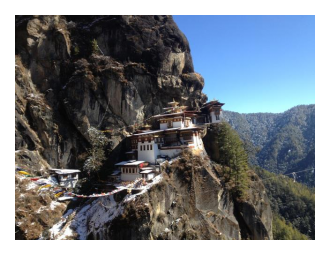
What to see near the Six Senses Gangtey hotel:
See the reclusive species’ nesting and breeding grounds. The black-necked cranes are a rare animal revered in Bhutanese culture and folklore. Each time the cranes enter and leave Gangtey, they are often spotted circling the air three times before taking off. Locals believe that this is the cranes’ way of demonstrating gratitude for the food and shelter during their stay in Bhutan. The center helps visitors and locals learn about their crane conservation efforts.
This area on the Bhutan travel guide is one of the most remote on the tour. Explore Phobjikha Valley by taking a leisurely walk on the Gangtey nature trail. The valley is known as the winter home of the endangered black-necked crane. These beautiful birds migrate from the Tibetan Plateau to Gangtey every October. They are spotted until March, when they fly back to their summer homes. This 1.5 to 2 hour walk through the Phobjikha Valley will take you through flower meadows and lush greenery. Stop to interact in local villages and visit Gangtey Goemba, a 16th-century hilltop monastery. On your return walk from the hilltop, stop by the local community school and meet the youth of Phobjikha valley.
• Gangtey Goemba
The 16th-century hilltop monastery and the landmark structure of Phobikha Valley was built as a center for Buddhist philosophy and spiritual teaching. Explore the temple complex which consists of the monks’ residential quarters, meditation and prayer rooms and a classroom.
To share food with the monks is a generous and rewarding gesture. About 160 monks from 15 to 40 years old (including nine young reincarnates) reside in the Gangtey Shedra. They live in the Shedra for numerous reasons, including religious and spiritual fulfillment. The Shedra monks do not receive financial support from the government and rely solely on sponsors to operate. The monks’ meals are partially financed by the Gangtey Trulku Rinpoche, private sponsors, and local villagers who often barter food donations for daily prayers of peace and protection. Daily meals usually consist of rice with ezay (chili dip) and suja (butter tea) or curry. To get involved, consider visiting the local Gangtey shops. You can purchase rice and vegetables with a private chef and oversee the preparations for the meal. This may require at least one day’s notice.
A Spiritual Cleansing
You can also take part in a spiritual cleansing, which involves burning select herbs in a fumigation stupa. It is a common belief that every location has a local protective deity or spirit. In order to please this spirit, the Bhutanese perform a cleanse every morning and during special religious ceremonies. This ritual rids the individual of evil spirits while replacing them with good luck. Spiritual cleansings take place early in the morning in the presence of a monk who will assist in the ritual.
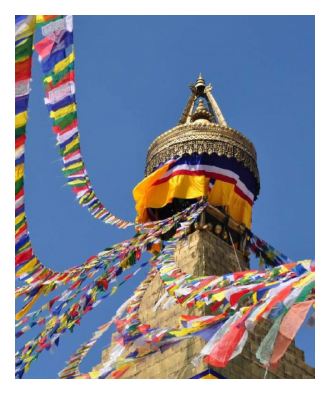
What to see near the Six Senses Punakha hotel:
• Wangdue
En route Punakha to Gangtey, stop at the town of Wangdue, if there are no road blocks on this day. Wangdue is a small community located 4,400 feet above sea level and has a commanding view over the Puna Tsang River. Stroll through the town where small shops are set up along the roadside.
• Palace Gardens Promenade
Visit the Palace Gardens Promenade for a leisurely stroll. Keep an eye out for the Sona Gasa Palace, which currently serves as a retreat for the Fourth and Fifth Kings, as well as ruins of the Royal stable. Continue down the paved road towards the Punakha Dzong, or the Palace of Great Happiness. The Punakha Dzong is the second oldest and most majestic dzong in Bhutan. It houses sacred relics of the Drukpa school, a branch of the Kagyu school of Tibetan Buddhism.
• Punakha Dzong
Visit the impressive Punakha Dzong. This grand fortress was the capital of Bhutan until the mid 1950s. It is the winter seat of the Je Khenpo, or head abbot. It is considered to be the most beautiful dzong in the country and photographed in the springtime when the purple flowers of the jacaranda trees blossom against the backdrop of the dzong’s white walls. Constructed beginning in 1637, the dzong is 590 feet long and 236 feet wide. It has a six story high utse, or central tower. Explore the dzong and its prayer hall.
• Chimi Lhakhang Temple
Walk across rice paddies to the nearby Chimi Lakhang, a temple dedicated to the “Divine Madman”, an eccentric monk from the 15th century. He is famous mainly for his many amusing, Rabelaisian folklore stories. Pilgrims come from all over the country to receive fertility blessings from the avant-garde Lama Drukpa Kunley “thunderbolt”. The sage is used to tame a female demon. You will see paintings or sculptures of phalluses in Bhutanese homes to honor the popular Lama.
• Nobgang Village
Hike up through Nobgang Village and enjoy a stunning view of the Punakha valley from the village hilltop. Venture into this charming village, which houses the Fourth King’s Palace. There are also two lhakhangs (village temples), and the Residence of the Yab, the father of the Queen Mothers of the Fifth King. In addition to architecture, take a look at old war weapons and statues housed in the lhakhangs. Then take a wide mud path down the mountainside towards Talo. Nobgang Village is approximately a 45 minute drive from the Six Senses Punakha hotel.
• Talo Village
Stop at the village of Talo, situated on a plateau with panoramic views of the surrounding valleys, with their winding, terraced hills, and high mountains. A tidy, clean little hamlet, Talo hosts a lively, exciting harvest festival in the summer months. Its women are renowned throughout the country for their beauty.
• Khuruthang Village
Continue your hike downhill to reach Khuruthang Village. Watch the scenery shift between rice paddies, village houses, and the verdant Punakha Valley.

What to see near the Amankora Paro hotel:
• DochuLa Pass
About halfway into your drive, stop to have tea at Dochu La Pass. It’s a beautiful expanse marked by a large array of prayer flags and a rhododendron forest surrounding 108 chortens, or stupas.
• Paro Town
This is the most fun town, in the Bhutan travel guide. The charming town of Paro is cradled between sequestered mountains and flushed with the glacial waters of Paro Chhu. This is the town that conjures the image of what is often referred to as “the happiest country in the world.” The town’s main street is bordered with colorful wooden shop fronts and cafes.
• Tiger’s Nest
This is a must on the Bhutan travel guide. Hike up the famed Tiger’s Nest, or Taktshang Goempa. One of Bhutan’s most revered monuments, the “Tiger’s Nest” temple hangs off the face of a cliff. It is almost 3,000 feet above the valley floor. Legend states that Guru Rinpoche flew into Bhutan on a mythical tigress and meditated in a cave. They then brough5 Buddhism to Bhutan. Tradition holds that the Guru concealed various forms of dharma treasures known as ters among the rocks in the cliff.
The Most Iconic Landmark in Bhutan
An approximately two-hour trek of high difficulty straight uphill will bring you to an observation pavilion. This is at the half-way point to the monastery, where you may pause for tea, photos and contemplation. (Please note that the hike is extremely steep and can be a very tough climb at certain points). Many people turn back here, but we strongly recommend that you brave the final approach to Taktsang. It takes about 45 minutes longer and is well worth the extra effort to experience the fantastic views of the mountains and valley below the monastery. And while you’re there, enjoy lunch at a local farmhouse.



